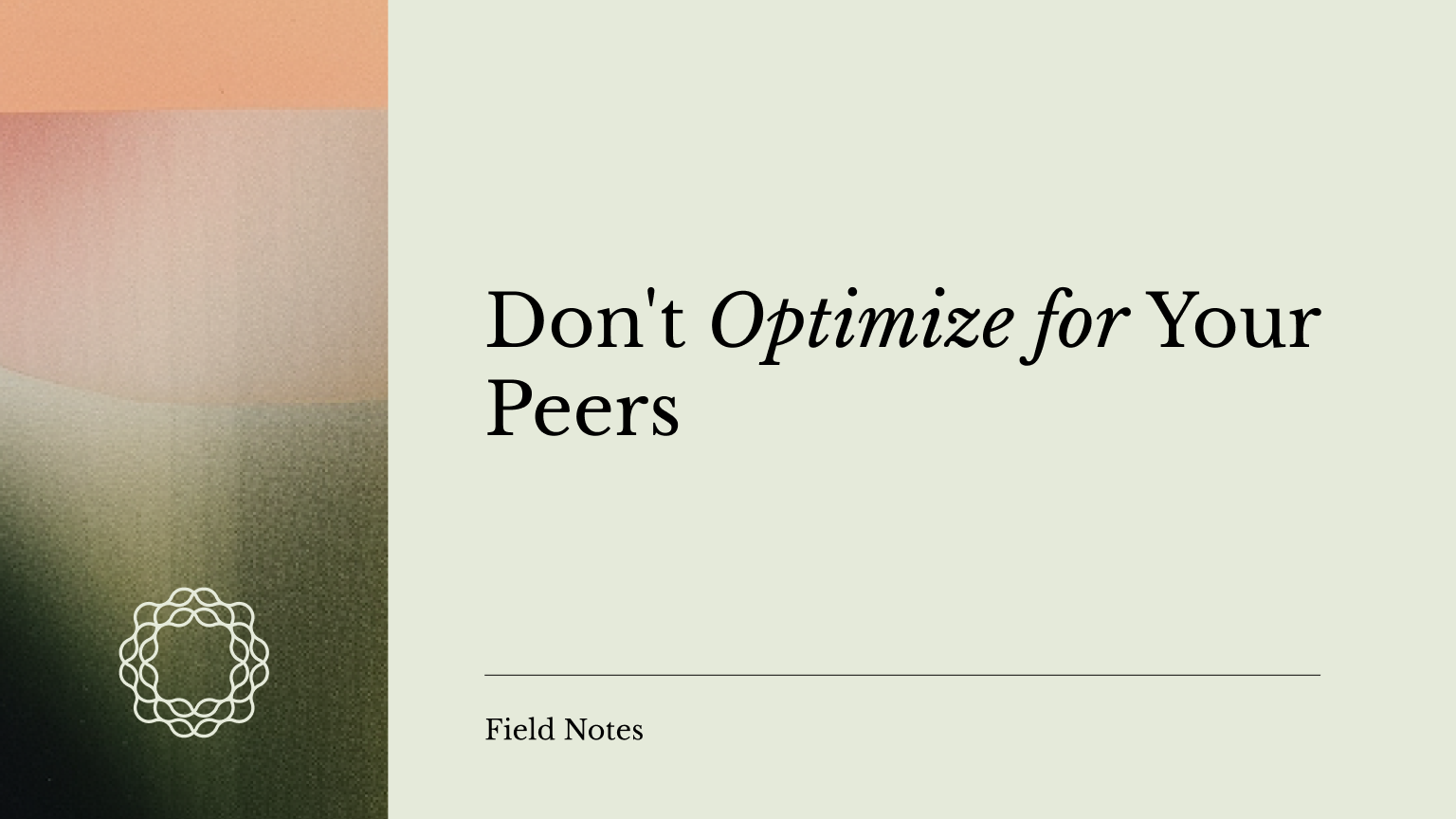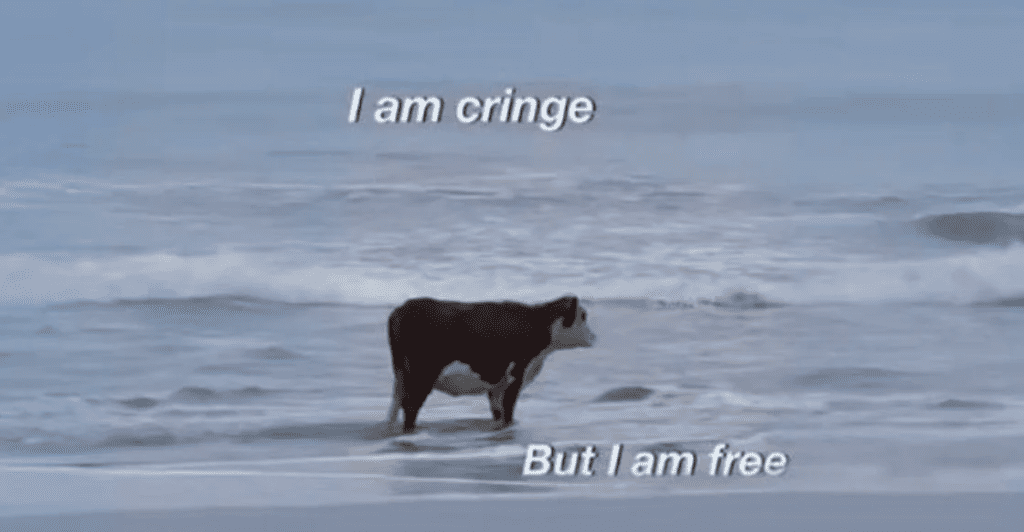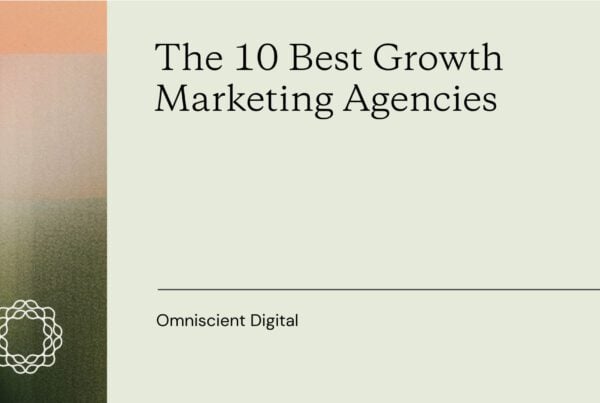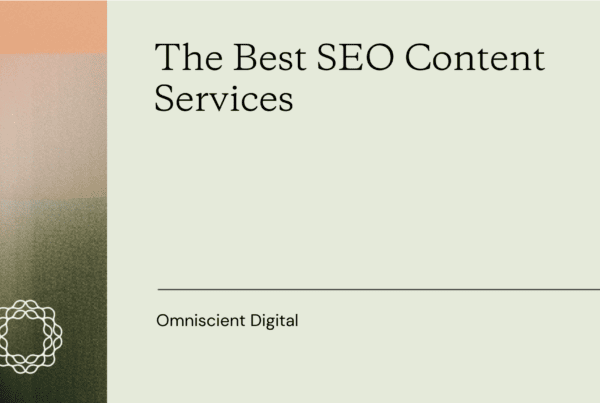
Years ago, I found myself working at HubSpot.
This alone was anomalous for me.
Previous to that, I had worked only for companies with fewer than 20 employees – startups, one of which I had joined pre-seed funding.
HubSpot was still in its scale-up phase when I had joined, not quite the juggernaut it is today. But still, it was by far the largest and most well-run organizations I had worked at.
Stranger, however, was that one day I found myself in my HubSpot branded Patagonia jacket wondering, seriously, if I should get an MBA.
Me! Someone who had zero interest in getting an MBA at any point in my life!
So why was I thinking about it?
The insidious creep of mimetic desire.
I was suddenly surrounded by a bunch of smart peers, and I saw a career ladder placed in front of me. I saw that an MBA, according to my observational data based on my peers, contributed to and accelerated that career path.
Now, there’s nothing wrong with an MBA. I admire those who have gone through the programs and find the skills acquired through them to be valuable.
But here’s the problem: that goal wasn’t my goals.
I never wanted to climb a corporate ladder. I wanted to build my own company. I was the precocious 10 year old with a lemonade stand. I wanted to be a pirate, consistently having opted for freedom and optionality over security or prestige up to that point (startups were not as cool in 2014, so there was very little prestige to be gained).
And I had to consciously snap myself out of it to remember that.
Mimetic Marketing: Escaping the Echo Chamber
This same phenomenon plays out often in marketing, particularly in SaaS where we’re often marketers marketing marketing software to other marketing marketers (hope that sentence makes sense to you). God forbid you’re marketing to sell courses on how to sell courses for other marketing looking to sell courses!

Without noticing it, we often optimize for the admiration of our peers instead of the needs of our customers.
And it’s worse now than ever, because social media accelerates peer-based mimicry and competition. With algorithmic feeds that deliver variable but always on dopamine prizes, we can get immediate engagement and accolades (whereas in the past, it was a periodic “awards” display, something you worked up to like a Super Bowl). It turns marketing into a performance for other marketers.
Think about it:
- How many times have you crafted a LinkedIn post to sound really smart to other marketers?
- How often do you analyze competitors instead of listening to your customers?
- How much of your content is optimized for engagement metrics instead of actual business outcomes?
This is how entire industries fall into the same trends, same messaging, and same playbooks, often at the expense of real results.
The Mimetic Trap: Why We Copy Each Other
Luke Burgis, in his book Wanting, explains how we don’t just desire things independently. We desire what others appear to desire. This concept, based on René Girard’s theory of mimetic desire, explains why we unconsciously imitate our peers, especially when there’s competition involved.
Burgis breaks it down into two types of models:
- Celebristan – Distant role models (in marketing, say, Seth Godin or Mark Zuckerberg). You might admire them, but they don’t impact your day-to-day decisions, and you don’t compete with them.
- Freshmanistan – Your peers, competitors, and industry colleagues. This is where the real trap lies.
When you optimize for prestige in Freshmanistan, you’re not marketing to your customers, you’re marketing to your industry peers.
This may help explain:
- Why every SaaS company started using those quirky illustrated characters in their branding a few years ago.
- Why every enterprise B2B software started deploying interactive demos the past few years.
- Why marketing Twitter/LinkedIn falls into cycles of parroting the same jargon, memes, frameworks, phrases (“high agency,” “vibecoding,” “AI won’t replace you, someone using AI will”), and trends (ABM, PBM, PLG, and every other three letter acronym)
We don’t just copy ideas, we copy what we think will win admiration.
And in doing so, we lose sight of what actually matters: the people who pay us.
How This Alters Your Marketing
There’s obvious nuance here in that you can learn a ton from your peers, and you should do so, constantly sharpening the sword and improving your craft.
The real danger is when you start to shape your marketing, which is ostensibly aimed at your, well, market, based on what will appear impressive or brilliant to your peers (at the expense of your market).
This mimetic marketing can distort your perception as to what actually works.
A few symptoms of this:
- You overvalue engagement metrics. Likes, comments, and shares from your peers feel great, but do they translate into customers? Maybe. But as Finn McKenty has taught me during our consulting sessions, there’s often an inverse correlation between “virality” and targeting.
- You chase complexity over clarity. When writing for other marketers, you try to sound smart. We’ve described this as sitting at the “nerds’ table,” perfectly acceptable and frankly useful for sharpening your craft. But I would never talk about bayesian versus frequentist statistics while presenting to the C-Suite.
- You invest in tactics that make sense to peers, not customers. Marketers love to talk about “innovative” ideas, but customers usually just want simple, effective solutions. Case in point, no advanced marketer will admit to reading or making decisions based on SEO listicles (though they actually might), but they still work pretty damn well in most spaces.
- You assume your audience knows what you know. Inside the marketing bubble, everyone is talking about these really cool things like AI agents and semantics and generative engine optimization. It’s a lot of FOMO fuel! I fall for it all the time. Meanwhile, I’ve done the customer interviews – many are just trying to work out their attribution, drive solid pipeline, and stand out in a crowded market.
- You avoid “uncool” but effective tactics. Maybe your ideal customer actually does like webinars. Maybe they do want long-form content. But you hesitate because your peers would roll their eyes.
I’ve caught myself doing this.
For instance, when we first started our Kitchen Side podcast, we sometimes got caught up in the marketing discourse of the moment, debating trends that, in hindsight, our actual audience didn’t care about (nor did we, quite frankly).
We began reacting to discourse, debate, and hot takes among our peers instead of talking about what we were working on solving or what issues our actual clients cared about most.
That was a mistake.
We ended up refocused our content and continue to conduct customer and market research to make sure we’re calibrating what we’re messaging and building to what our market cares about. And we anchored much of our approach to content on a differentiation principle we use with regard to our services and our clients:
Filter the Noise, Move the Needle.
This is a judicious and no-BS approach, intertwined with decision principles, that forces us to focus on what actually drives impact in our client work. It’s also how we want to run our own messaging and marketing:
- Talking to customers, not just competitors.
- Writing about what our audience actually cares about, not just what performs on social media.
- Running the “boring” marketing tactics that make money, even if they don’t win awards.
- Leaving a basket of creative and fun bets open, such as creating a print magazine. This barbell approach gives us one foot into the unknown while providing a base of predictable results.
As David Ogilvy put it:
“Resist the temptation to write the kind of copy which wins awards. I am always gratified when I win an award, but most of the campaigns which produce results never win awards because they don’t draw attention to themselves.”
(I do make the distinction with this newsletter, which is really coming from whatever I’m interested in or have experienced in the last 1-2 weeks. But I hope you enjoy my indulgence from time to time as well).
What to Do Instead (Note to Self)
- Make your customers the North Star.
- Stop looking sideways at competitors and peers. Look forward at your customers.
- Optimize for their problems, questions, and needs, not what’s trending in your industry.
- Audit your marketing for peer-optimization.
- Look at your messaging: Is it full of industry jargon and extremely niche trends, or does it actually help your audience?
- Look at your content: Is it answering customer questions, or is it designed to impress other marketers?
- Look at your KPIs: Are you chasing engagement from peers, or business outcomes from customers?
- Take a gut check on your strategy.
- Are you excited about what you’re doing, or just following the playbook everyone else is using?
- Are you making decisions based on actual customer insights, or what you see on LinkedIn?
Your job isn’t to impress your competitors. Your job is to win in your market. And often, that means doing the things your peers would find “cringe” but your customers actually want.

Want more insights like this? Subscribe to our Field Notes.


